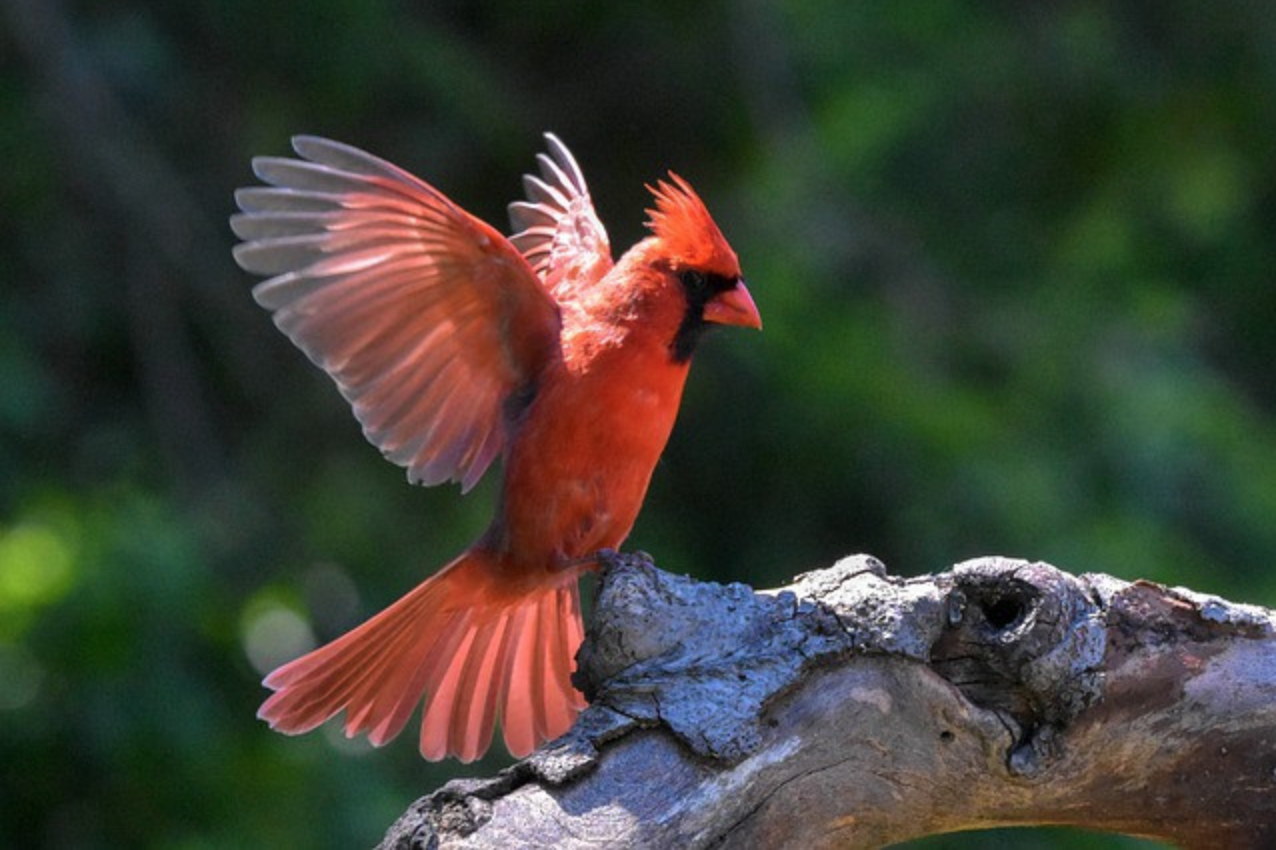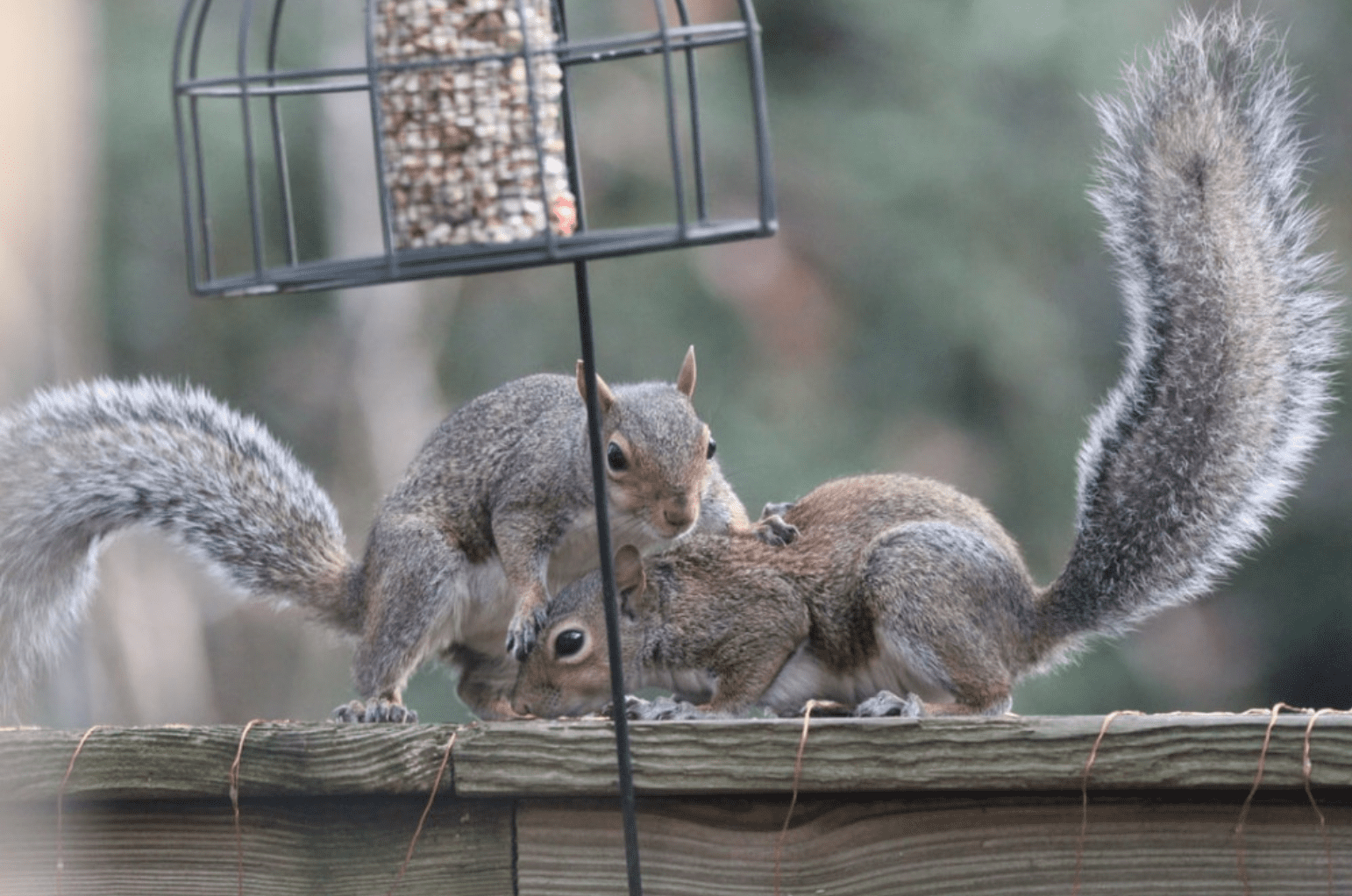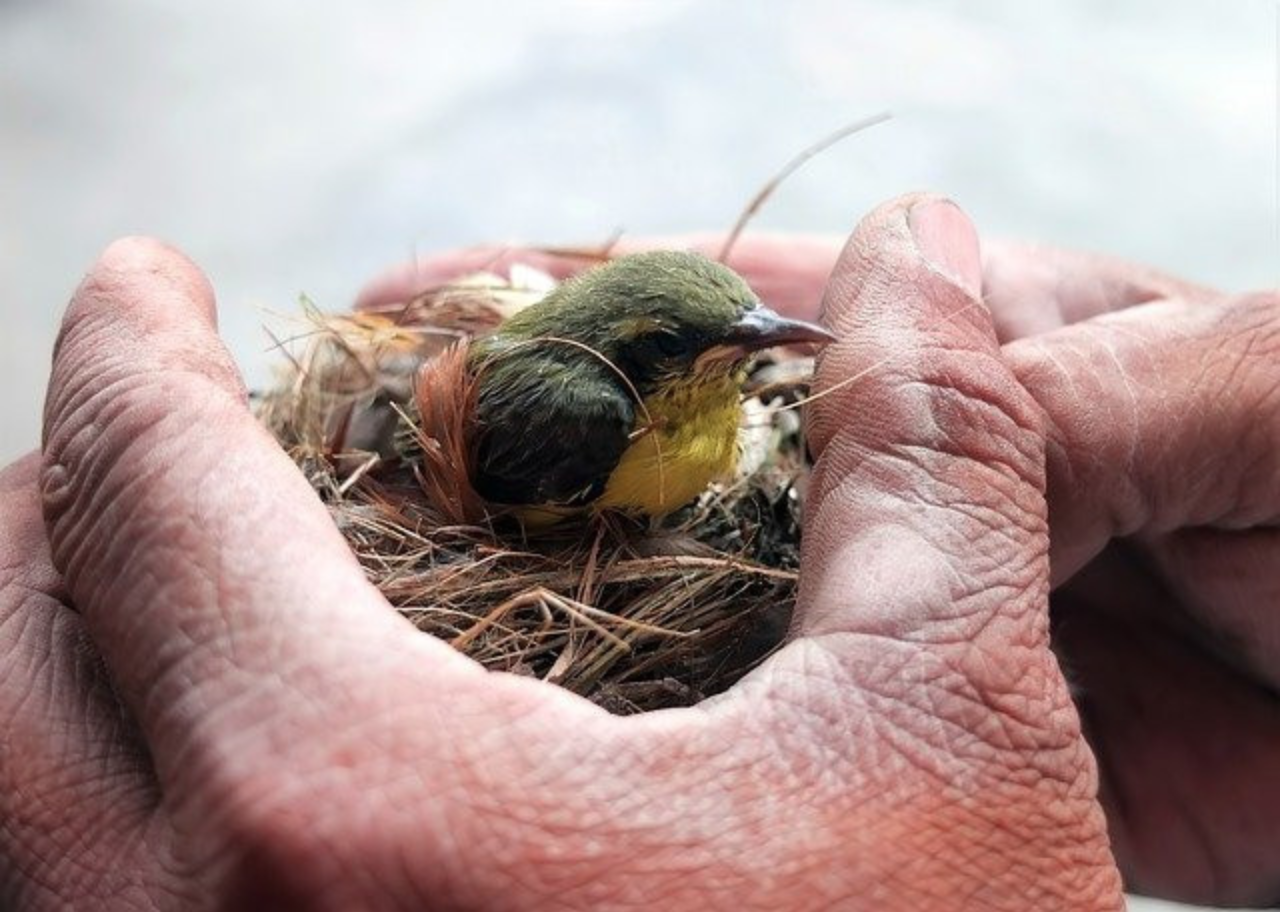As adorable as they may be, your dryer vent is no home for a family of baby birds. Unfortunately, birds tend to make nests out of just about anything, and your home’s dryer vent is no exception. This is not only dangerous for the birds themselves but can end up causing a fire hazard for you. To fix this, the best thing to do is get rid of the bird’s nest as soon and as humanely as possible.
Thanks to our next-door neighbor, we learned that we had nest-building activity on one of our house vents. It’s hard sometimes to see it yourself, so you might want to check for any unwanted guests!
Like most things in our new house in Delaware, this is new to me. We have had several situations when we had to get a bird out of our house, but not this one yet. So I wanted to research the topic before we tackle the issue.
Be Aware That Birds and Their Nest May Be Protected
When you find out that you have a bird’s nest at home, you can’t just do anything you want.
The Migratory Bird Treaty Act (MBTA) protects most bird nests. Under this act, “No person may take (kill), possess, import, export, transport, sell, purchase, barter, or offer for sale, any migratory bird, or the parts, nests, or eggs of such bird except as may be permitted under the terms of a valid permit…”
There are exceptions for birds considered non-natives or invasive birds such as house sparrows or European starlings. But I would be cautious and wouldn’t remove any active bird nest until you contact your State Fish and Wildlife Department.
Removal of the Nest
How do you know if you have birds nesting in your dryer vent? One way to find out is by opening up your dryer and listen for any chirping sounds. If you hear any, chances are that there’s a family of birds nesting in your dryer vent.
Removing a bird’s nest from your dryer vent shouldn’t be too complicated, right? Think again. It can be challenging, especially if the birds are present at the time of removal. Keep a close eye on the nest and see what time the birds go out to hunt for food. Once you know that they’re gone, take this opportunity to remove the nest as quickly as possible.
For the most part, birds tend to hunt during mid-day, so this is the ideal time for removal. Keep in mind that you may not be able to find the nest right away. So you might need some extra time to find the nest in the first place.
You’ll want to remove the nest before the mother bird has an opportunity to lay her eggs. This will make nest removal much easier, and you won’t be putting the birds in danger.
If, however, you find that the bird has already laid eggs or there are chicks inside, you may have a bigger issue on your hands. You can always let the birds grow until they’re old enough to leave the nest, which only takes about a couple of weeks. After they’re gone, the mother will typically abandon the nest too. During this time, be sure not to run your dryer.
As mentioned above, you need to proceed with caution before removing any active nest, as it may be deemed illegal. If you find that you can’t remove the bird’s nest yourself, you can always call a professional. That’s what we did.
How We Removed the Nest in Our Vent
We decided to call a professional since we don’t even have a tall enough ladder to reach the vent. There was nesting activity for sure –as soon as our guy when up the ladder, a grackle flew out of the vent. We were pretty sure there were no eggs, though, since it was early in spring.
He used a snake similar to those used to unclog pipes and had to use it several times as the twigs were pretty deep in the vent. As you can see in the bucket, there was a lot of nest material in the vent, but not a full nest yet.
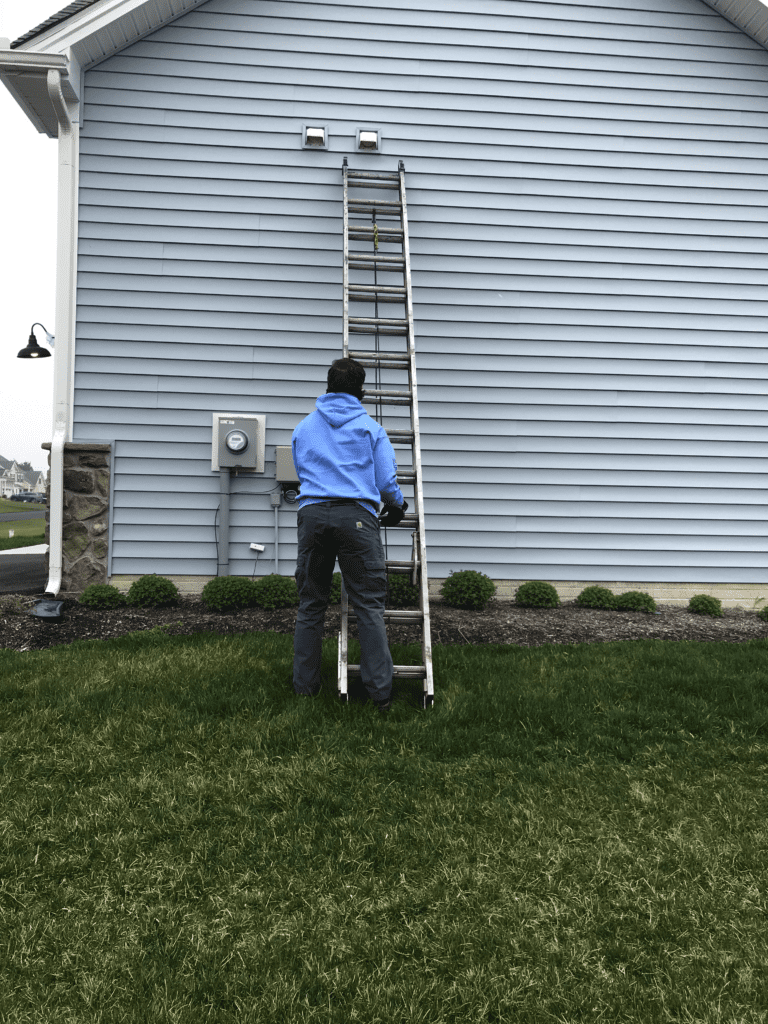
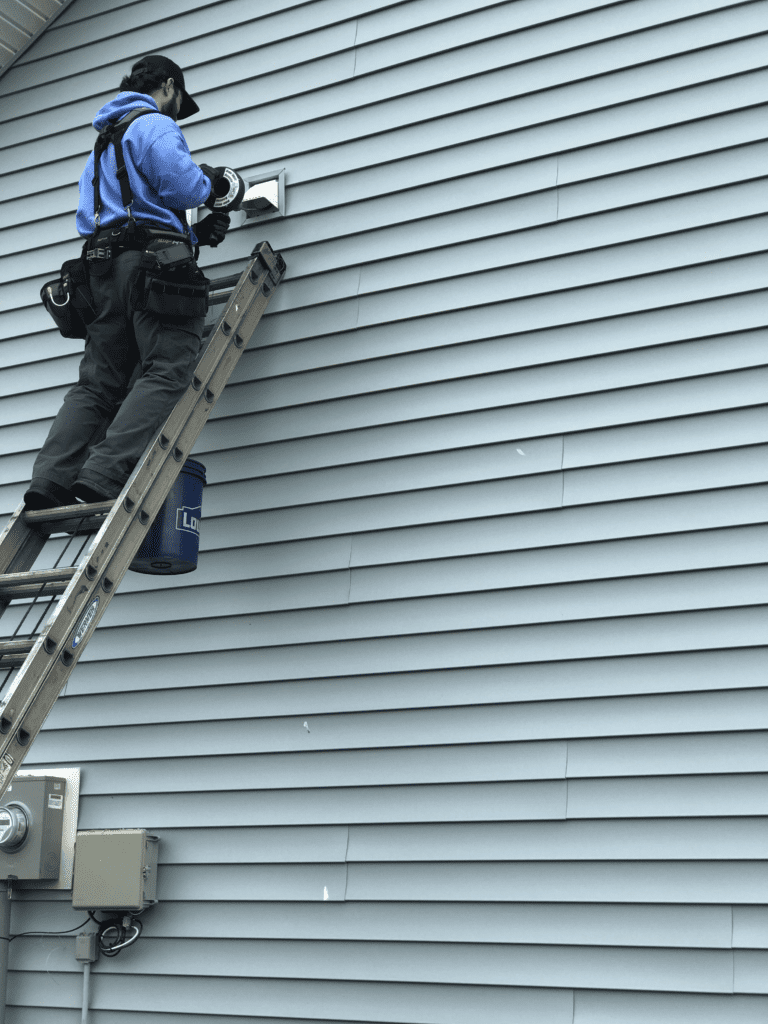

Dangers of a Bird’s Nest in a Vent
The most important thing to do once you discover the nest is to try and get rid of it as quickly as possible. Otherwise, the nest could pose dangers for you and your family.
The purpose of a vent is to allow heat, gas, and any odors to escape the home as safely as possible. But when you’ve got something such as a bird’s nest blocking your vent, it can obstruct the airflow, thus preventing the air from circulating correctly.
Cleaning out the bird’s nest is also essential as the items used to make a nest (twigs, branches, and dry leaves, for example) can ignite quickly. This fire can quickly spread into the foundation of your home and cause even further damage.
Leaving a bird’s nest in your dryer vent for too long can also create an even bigger mess for you to clean. Birds may end up leaving droppings and food even long after they’ve gone, leaving it for you to clean. It’s also not uncommon for birds to carry mites. These mites can eventually find their way into your home and come into contact with you. A bite from a dust mite can cause irritation, and some people are even allergic to them.
How to Prevent a Bird’s Nest in your Dryer Vent
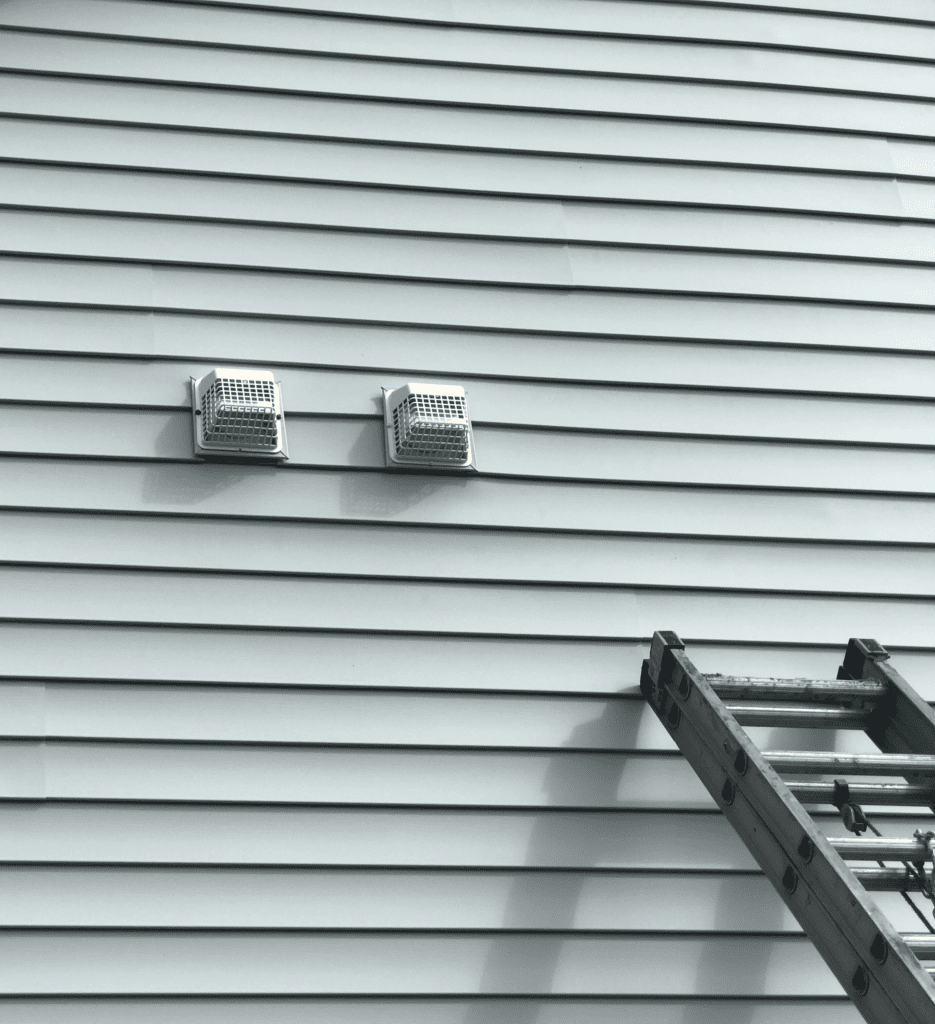
Dealing with a bird’s nest in your dryer vent is not something you want to handle often. One of the best things you can do to prevent it is to install a vent cover guard. The professional we hired installed the guards for us.
It didn’t seem complicated. He just screwed plastic covers to the sides of the vents. But again, I don’t have a ladder that tall. The guard will prevent birds from nesting there. We may have to remove them once we clean the dryer vent again.
Caution: Look out for Accumulated Lint in the Vent Covers
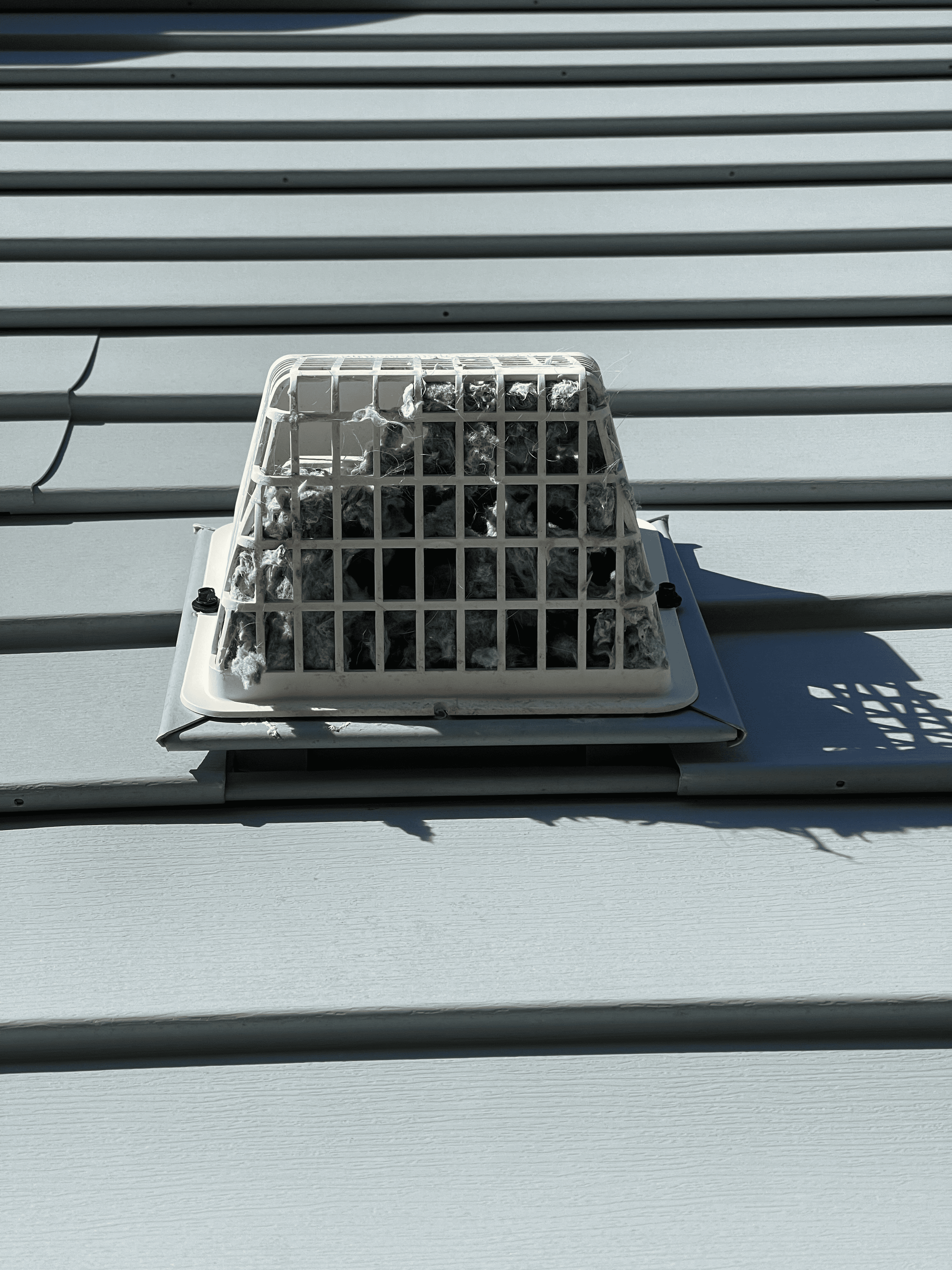
A few months after the vent covers were installed, a neighbor told us that there was lint in the covers that could cause a fire. Now, that’s ironic because fire is what we were trying to prevent in the first place.
Well, I am happy he warned us because, as you can see from the picture, the vent cover was full of lint. So I got a ladder, and I vacuumed it. We are going to take out the covers after spring. I tell you, you are never done with a house.
By the way, the technician who installed the vent covers never mentioned that this would happen and may have to look for it. I don’t understand how the technician was unaware of this.
Final Thoughts
Having a bird’s nest in your dryer vent isn’t a situation that many people want to find themselves in. It can cause immediate dangers for you and your family as well as be a general inconvenience.
While you can try and remove the nest on your own, it may be best to call in professionals for help. They’ll be able to handle the removal process without you having to get involved or get your hands dirty. Before you know it, you’ll be back to drying clothes again in no time!
Video Summary
I have created a quick summary video for this blog post. If you like this video, consider subscribing to the House Notebook Youtube Channel.
Related Posts:
